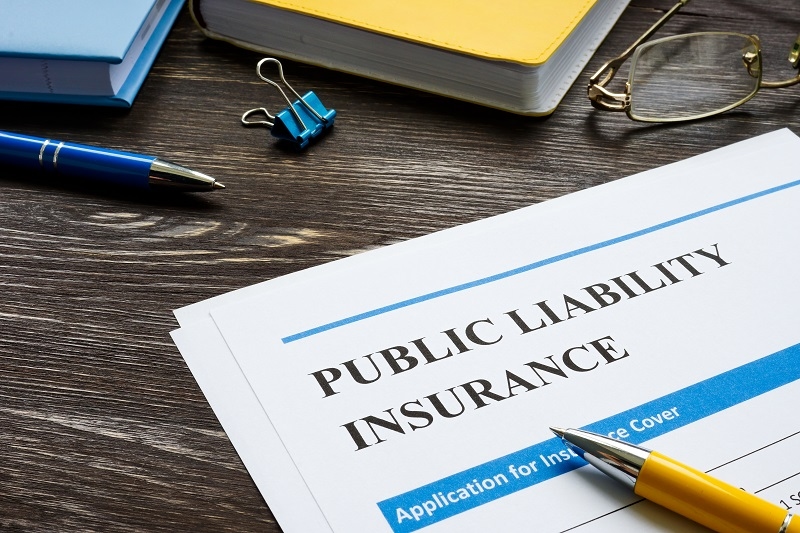
When individuals discuss insurance, one of the most popular words you will ever hear is "liability insurance." It is heard spoken in automobile policies, business policies, and even house insurance. But what is liability coverage, anyway, and when do you actually need it?
This blog will simplify everything for you, explaining liability coverage, how it functions, who it's meant for, and why it may be the safety net you didn't even know you needed.
It is a policy that covers you if you are held legally responsible for hurting or damaging someone else's property. Consider it "what if" coverage—such as if someone trips on your walkway, your dog bites a neighbor, or your vehicle hits another car.
So, it's the portion of your policy that insures the damage you unintentionally inflict on other people. It doesn't cover your damages or injuries or damage to your own property. It pays for doctors' bills, repairs, and even attorneys' fees if someone sues you.
That is, third-party protection is what all liability coverage is about. You are the first party, your company is the second, and the person you could hurt or do something to is the third party. That is also the reason why it is sometimes called third-party insurance.
Not everyone needs the same kind of liability coverage. Your circumstances determine the one you should get. These are the most popular ones:
This is typically mandatory under law if you have an automobile. It's for damage or injury you inflict on other individuals with your car. If you hit the car behind you, their medical and car repair costs are covered through your insurance.
If a guest slips and falls on your slippery driveway and is injured, this pays for their treatment. It's often part of a homeowner’s or renter’s policy.
Also referred to as general insurance, this is a must for business owners. It protects your business against negligence claims, property damage, or injury claims. For instance, if someone gets hurt in your store, your policy will help pay for this expense.
Also referred to as errors and omissions (E&O) insurance, it's for professionals such as doctors, lawyers, or consultants. It protects against bad advice or mistakes that result in loss of money or injury to a client.
This is supplemental liability coverage that takes over when your other amount of coverage is depleted. It's ideal for individuals who want additional protection, particularly if they possess a lot of assets.
Let's go over some examples so we can notice when this kind of insurance is needed.
You're involved in a car crash, but you're not liable. The other person has a fractured arm and his/her car is severely damaged. Your auto liability coverage will pay for his/her medical bills and car repair. Otherwise, you'd be paying for them yourself, possibly thousands of dollars.
Your dinner party guest slips on a loose carpet, fractures a wrist, and comes by to visit. In case they sue or request financial assistance for medical care, your homeowner’s liability coverage comes into play. It is a perfect example of accident liability explained in simple terms. It protects you when accidents occur at your home.
Here's an example. Suppose you run a bakery and a customer slips on the floor that has been recently mopped. He sues your business for damages. Legal fees, settlements, or judgments are paid for by business liability insurance. Otherwise, you could lose your business.
You're a freelance consultant, and your counsel costs too much money for a client. They sue you for poor counsel, and they want their money back. Professional liability insurance protects you from suits for your work.

Try to determine who needs this insurance, and the answer is: nearly everybody.
You may want to think about it if you:
Essentially, if you ever have any possibility of hurting someone or wrecking their property by accident, you need some kind of insurance.
With an idea of what is covered by liability coverage, it's also useful to know how much it pays out. That's where liability coverage limits are useful.
You will have two numbers in your policy: the maximum it will pay for a person or accident, and another for the maximum it will pay in total.
For example, an insurance policy on your vehicle might say:
That is, if you get into an accident that hurts several people, your policy will just pay up to $100,000 total for all the injuries. If charges or damages exceed that, you will have to cover the difference.
That is why it is worth it to get higher limits if you can afford them. It protects you more in bad situations.
It's just as important to know what is not covered under liability coverage. Here is a brief list:
For instance, in case you crash while speeding someone down the street, your insurance is unlikely to cover it. Or if your home happens to flood, liability coverage is worthless—you'd be better off with property coverage.
Liability coverage cost varies depending on the policy, the coverage limit, and the level of risk.
Here's a rough estimate:
Although it does cost you money out of pocket at the time, it can pay you hundreds of thousands in the future if you ever get sued or need to pay someone else for damages.
If you're prepared to purchase liability coverage, here are some easy tips:
Liability coverage doesn't sound like such a huge deal—until it's the moment you actually need it. Whether you're behind the wheel, having dinner guests over, operating a business, or just living your normal life, something is going to happen. And when it does, the financial fallout can be huge.
So, how much are liability premiums worth? They're worth the peace of mind. They prevent you from needing to take on significant debt, attorney fees, or stress when things go wrong.
This content was created by AI